One of my first teachers in hand analysis answered a question about a crease in my palm, that I couldn’t find in my then budding library of palmistry books, with what I thought was an evasive answer. I thought she didn’t know what it meant and was giving me a general response. Years later I realized it was the best answer possible for me at the time. She told me that she had learned from her teacher to look at where the crease was coming from and to where it was going. Perhaps these words will be helpful for you too.
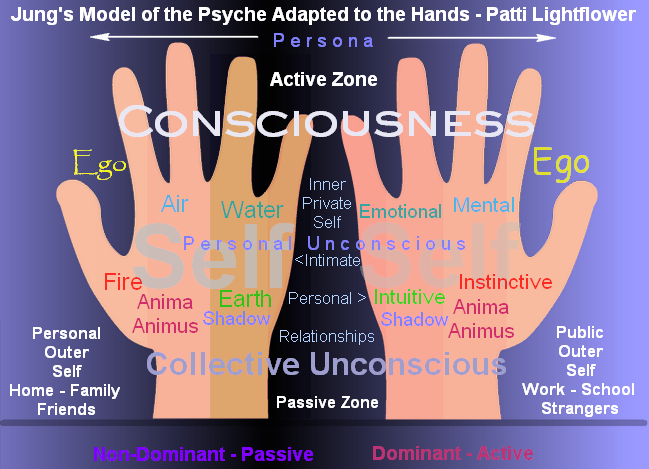
The territories of our hands have been associated with a variety of aspects pertaining to our lives. This has especially been done in a number of specialty fields that relate to our health and psychology. Everything in our universe vibrates, including us. We each have our own unique patterns of frequencies and vibes. These patterns are reflected in the language of our body. So, with a map in hand let’s take a journey into exploring how to interpret the landscape of the hands, their territories, terrain, and range of features.
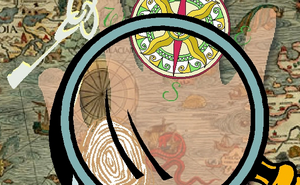
It is a common opening theme in many palmistry books to describe the hands in some form as representative of the brain. There are theories about the hands shaping the brain along with the brain shaping the hands. Some actions have been seen to happen before the signal is registered in the brain for thinking about. It’s probably a bit of both, the complex uses of our hands help the brain evolve as we think about what we’re doing with our hands; as well as our hands becoming more dexterous from using our mind and hand connections. If this is true, think of how millions of people daily use their thumbs to spell out multiple messages on their communication devices. Are we, with our new culture of electronic digital signaling via the thumb, developing and evolving the human brain to a new level?
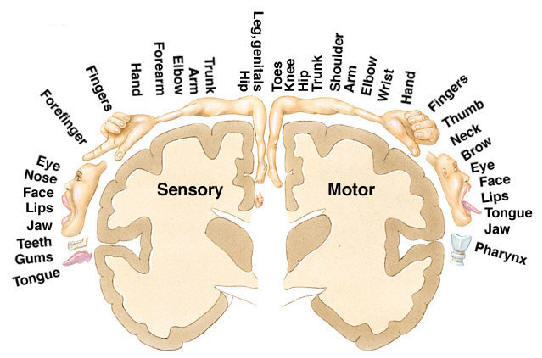
Some studies have shown that the signals to the hands do not always arrive from the brain first, the stomach and heart get involved too. Gut feelings and intuition may likely play a role here.
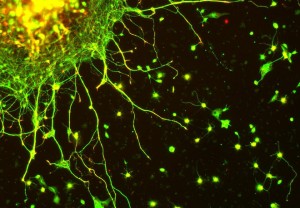
There are billions of neurons communicating with each other throughout our brain and body. Each signal in and of itself has little meaning. Thought is the process of masses of cells signaling like an orchestra playing in your head with little sparks of lights flashing in their own rhythm. Together these groups of signals may just be telling you that the aroma wafting from the door of the restaurant across the street is making you hungry and your mouth water. They may be even more excited in their group activity and giving you a ah-ha moment of insight. Reading hands is similar to studying the thought process in the brain. One signal or aspect alone has only a little to no meaning in and of itself, but when you start processing the combination of features you get complete thoughts rather than random letters, words, and phrases.
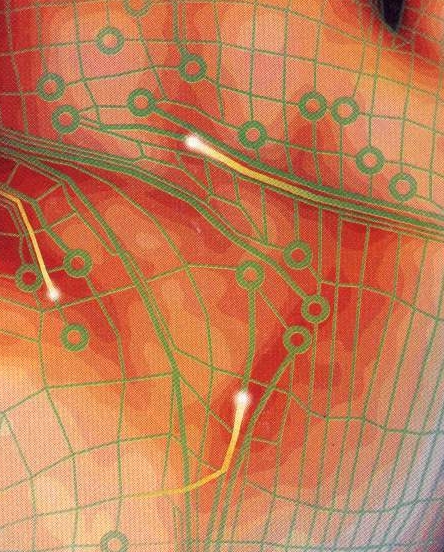
Knowing the territories of the hands is one of the most important things to learn about reading hands. After that it is mainly recognizing the spectrum of qualities that are found in these areas. Although there is a lot to learn about reading hands, it isn’t necessary to memorize long lists of ‘meanings’. It’s very important to understand the features, such as the creases and ridges and then relate them to where you have found them.
Details about how the boundaries and divisions are mapped out are found on the next page. Read more…
in joy and peace,
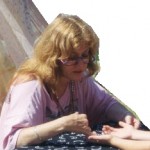
Suggested Watching:
More information about the hand-brain connection:
Star~Delta Triradii: Human Impulse Markers
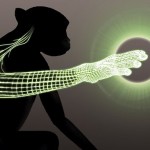

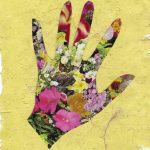
Hi Patti
There is only one confusion for me patti on the concept non dominant and dominant partly the reason for the confusion is due to developments in the scientific field where they mention right hand is controlled by left brain and left hand by right brain. if for example right brain is more holistic and left focusses on rationalization, writing ect.. then how would the link to personal and public be categorized, it confuses me because iam not able to clearly relate public and personal to these aspects of the brain.
Anand
You could look at it as relating to what a person is comfortable exposing of themselves publicly. Although the brain is divided, there are also shared aspects as well, so it isn’t so black and white or left and right. When you practice reading hands it becomes more obvious how we can read things that are more private in the non-dominant hand and these things are not found in the dominant hand. It’s about how, where and to whom we share our private behavior or our more exposed (public) behavior.
Hi patti
Thanks
Anand
Hello Patti
A suggestion which can be right or wrong, which I was thinking through, if the usage of dominant and non dominant hand is used don’t you think it is like again saying passive and active (not in the way you have mentioned active and passive), is there some other way to substitute this terms. Like accordingly some people can be dominant in their personal life as compared to day to day life or daily life. Iam not sure.
Anand
There are many words that could be substituted. The choice of words is meant to relay a concept that is more picked up emotionally and intuitively rather than just intellectually and not taken so literally.
Dominance, of course is mixed in a variety of ways that are unique to the individual. Some people can be left eyed, right handed, left footed and all kinds of other possibilities.
Thanks